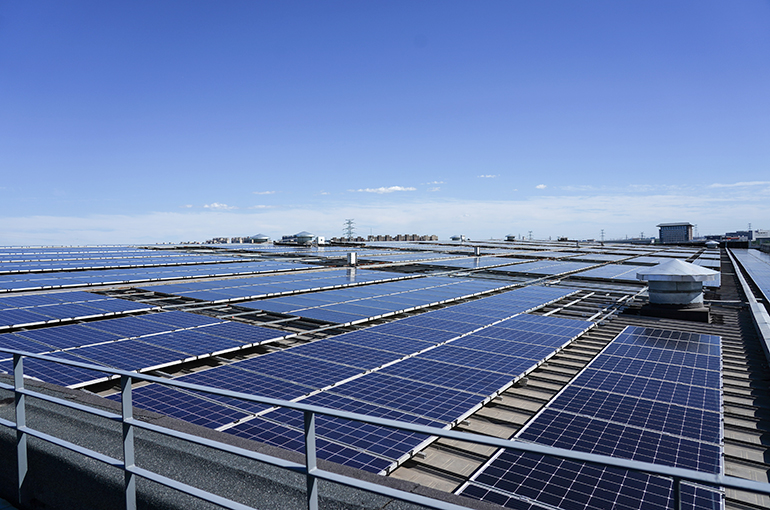 China’s Win of Renewables Capacity in First Half Calls for Output, Stability Push
China’s Win of Renewables Capacity in First Half Calls for Output, Stability Push(Yicai) Aug. 3 -- The capacity of China's renewable energy sector surpassed that of coal power in the first half due to policy support and a rising demand for increasingly affordable solar panels but more innovation is needed for a green win in output, according to experts.
From January to June, China’s installed capacity of renewables jumped by 18 percent to 1.32 billion kilowatts from a year ago, making up almost 49 percent of the country's total, the National Energy Administration announced recently.
However, coal is not phased out yet. The amount of electricity generated via renewables has not yet surpassed that produced by burning coal, Hu Qimu, deputy secretary-general of the digital real economies integration Forum 50, said to Yicai. The stability and safety that coal provides cannot be replaced for now, he added.
However, in the future, coal will no longer be a major player in generating electricity but more like an assistant, according to Zhuang Yinghong, global marketing director of solar panel maker Risen Energy.
By 2050 or 2060, renewable energy will probably become the foundation for China's energy safety, Lv Jinbiao, a member of an expert committee of the China Photovoltaic Industry Association, said to Yicai yesterday.
The main driver for transformation in the first half was photovoltaics as prices of solar panel materials declined. Prices at all points of the PV industry chain are stable and low, Lv said. In six months, almost the same amount of capacity was added as through the entire year of 2022, Lv added.
Constant technological innovation, increasingly lower costs, and optimized efficiency have made the capacity achievement possible, Zhuang said. The country is supporting renewables via subsidies and tax breaks to encourage companies to invest in new projects.
Moreover, demand is up as an increasing number of consumers and firms are paying attention to environmental protection and they are willing to invest in renewables, per Zhuang.
Various countries have gradually established carbon tax systems, Hu said. China must change the structure of energy consumption and raise the proportion of new energy to maintain the competitiveness of its manufacturing sector, he added.
Still, expanding capacity is not enough as continuous efforts are needed in terms of research and development to build new energy storage systems and smart power transmission and distribution systems to help green energy play a more significant role, Hu added.
Editor: Emmi Laine